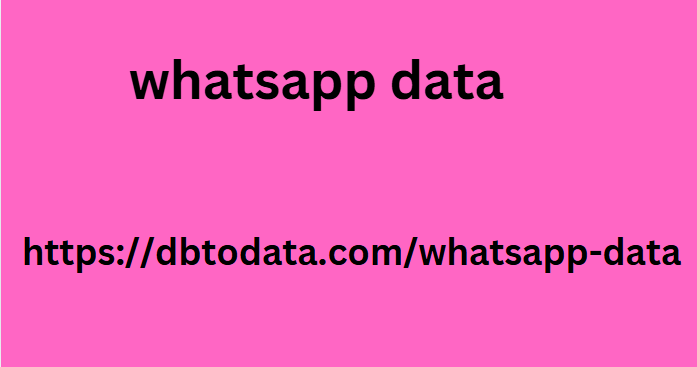Are you wondering how to make your emails a little more interesting for your customers? Then UGC, or User Generated Content, should not escape your attention. Customers are usually very amused, and in addition, it can be a financially inexpensive form of promotion. So what exactly is UGC, how to use it in emailing and how to get content from customers?
What is UGC?
The acronym UGC comes from the combination of Use malaysia whatsapp number data r Generated Content or user-generated content. It is a term used in content marketing, which of course also includes e-mailing. And what do you mean by user-generated content? It’s content that customers and fans themselves create for brands.
The most frequently used content includes photos, blog articles, reviews and videos. You know – you have a great new outfit to show off, so you take a picture in it and post the photo on your social profiles . You received a new product that you are really looking forward to, shoot and post an unboxing video. Both of these examples represent UGC.
Companies have been using content generated in this way for quite some time, but especially on social networks. However, it can also be very useful for e-mailing campaigns.
What are the types of UGC?
There are two main types of UGC: organic and paid. Organic content is created directly by your customers. It’s free and the most authenti n get. On the the affiliate program also has a more familiar method other hand, however, they may not always be sufficiently high-quality and representative. Paid content is delivered by UGC creators. Although for a fee, you can still count on a quality result tailored to the brand.
If you want to read more about UGC creators and malaysia data UGC in general, check out the article What is UGC and how to incorporate it into your marketing . In it, you will learn, among other things, the difference between a UGC creator and an influencer .
Advantages of using user content in e-mailing
User-generated content generally has a huge advantage in that it is so-called social proof that causes people to copy the behavior of others. Especially when their reviews or recommendations seem trustworthy. People simply trust people more than brands.

